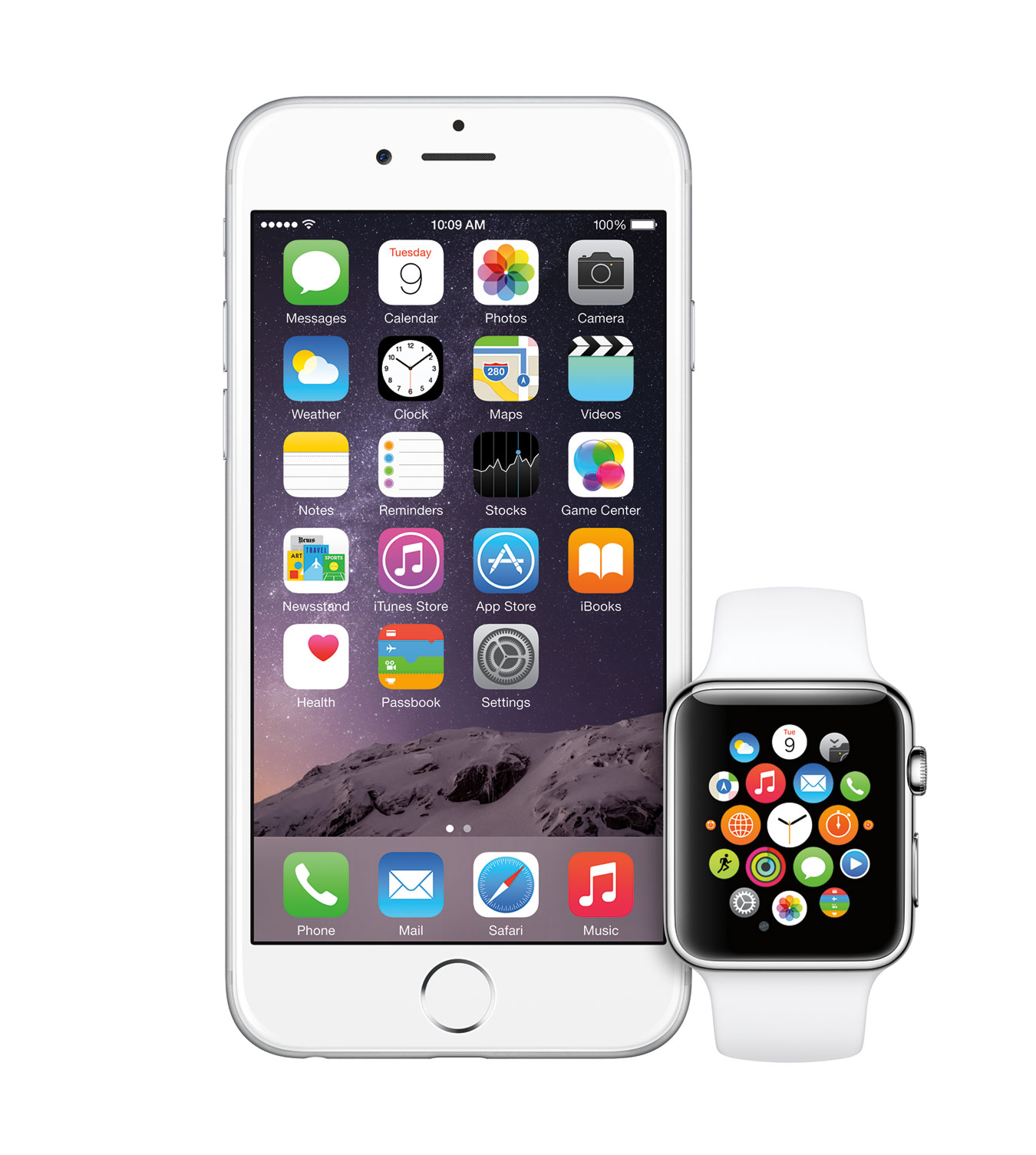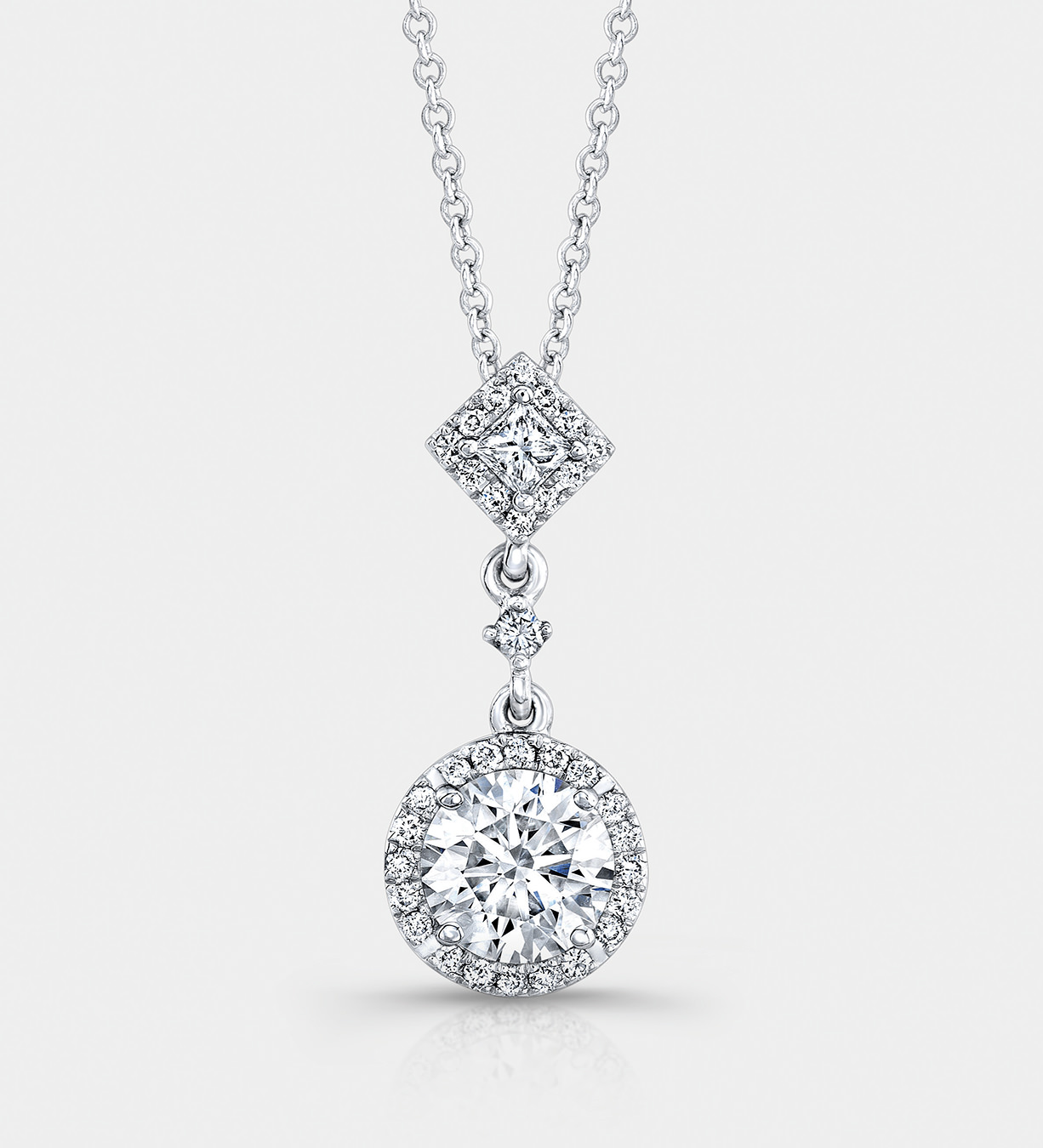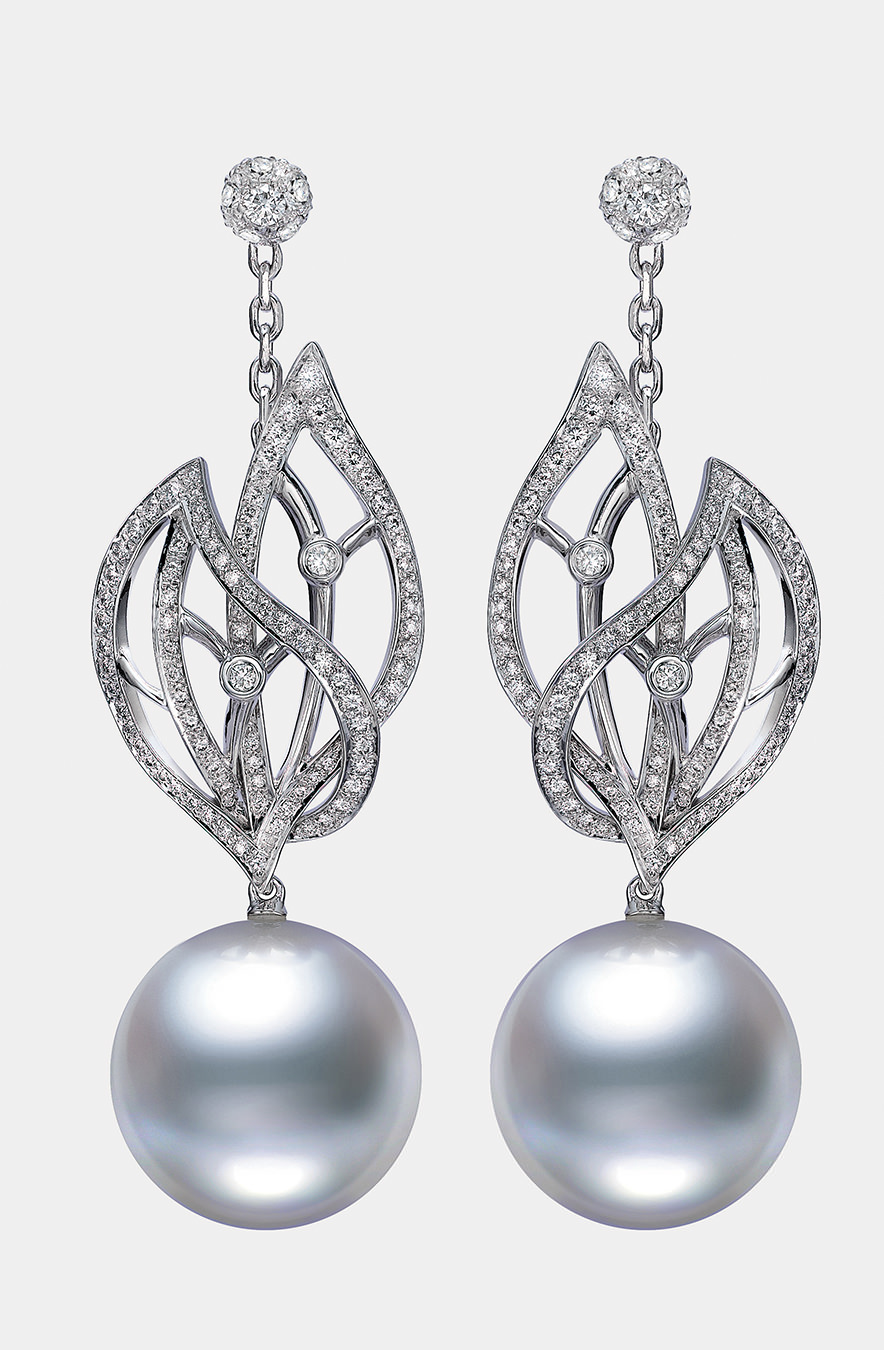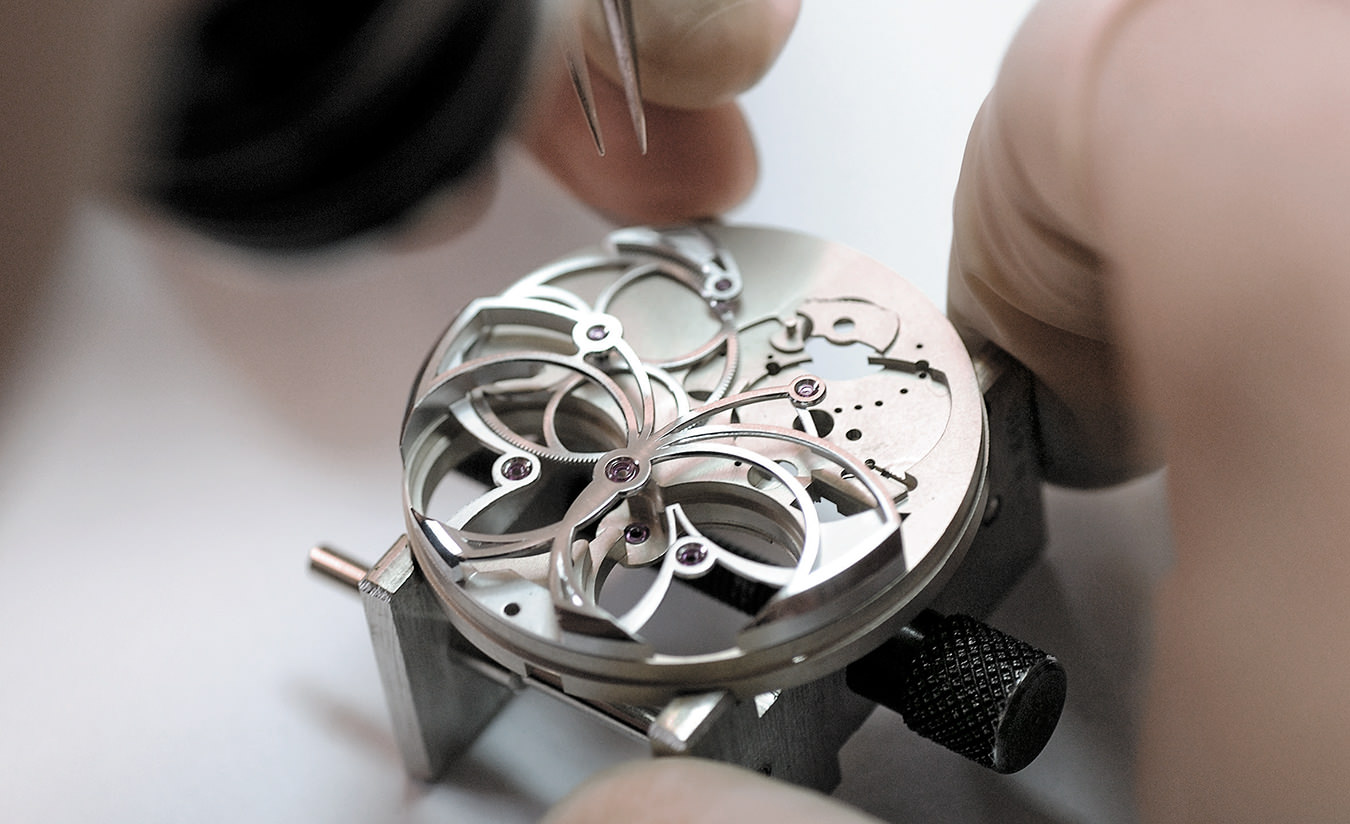The Apple Watch
Tech time.

If it is nothing else, the new Apple Watch is a wish—a fervent hope that lightning may indeed strike twice. You know, much like it did back in 2007, when the indomitable Steve Jobs pulled a nondescript glass-and-plastic brick out of his pocket and started a high-tech revolution the likes of which the world had never seen.
At first glance, you’d be forgiven for thinking: maybe not this time. It’s not that the Apple Watch doesn’t look good. Its polished, minimalist lines are in keeping with the company’s overall aesthetic: a slick, understated cool that walks the line between hip and traditional without being truly avant-garde. But it’s hard not to think that something’s missing—a sense of new, for lack of a better word. The watch looks like, well, a watch. A nice one, to be sure. But hardly anything worth going to the barricades for. If anything, the device’s rounded-square metallic face hearkens not forward but back—mostly to those nerdy calculator watches you may have worn back in junior high.
Then again, what the Romans said about taste can be equally applied to tech. This is part of the reason why the watch gives you plenty of design options. There are two sizes (presumably one for men, one for women), and three distinct “levels” of design, each with different straps and faces, for a total of more than 20 iterations. The Apple Watch is the basic level, with a variety of leather and stainless steel link-style straps that are stylish without being overbearing. The Watch Sport covers the athletic demo, with in-your-face neon hues, synthetic rubber straps, and strengthened glass that can stand up to the rigours of both a StairMaster and a treadmill. The Watch Edition is for those who appreciate the finer things; it features gold accents and higher-quality straps.
As for what’s going on under the hood, Apple was a little vague on that—resolution, memory, battery life, and other technical details are all to be determined. There will, however, be plenty of software: the Apple Watch will ship with a suite of useful apps and programs (weather, calendar, messages, fitness apps, and other stuff); some of these will require a nearby iPhone to function. Apple also intends to open things up to third-party developers so they can build out an app ecosystem, much like it did with iPhone.
There will also be a brand new user interface, one that co-opts the traditional crown of a mechanical watch (the winder on the right hand side). Instead of trying to swipe and pinch a tiny screen, users will rotate and push the crown to navigate. A “taptic engine” will also give notifications with vibrations and allow wearers to utilize light touches and presses to call up certain functions. Full credit to the user interface team here: the result achieves the laudable goal of feeling both less clunky and more robust at the same time.
Apple saved its most significant development for last. The Apple Watch will also come with Apple Pay, a built-in payment system that will allow users to access their credit cards by flicking their wrist close to a point-of-sale system. Here, then, is the real revolution: Apple Pay has the potential to supplant the cash and plastic in your wallet and make Apple a part of every transaction in your day.
Apple has made its name (and its fortune) by being something of a mind reader: by giving the world what it wants before the world knows it wants it. It’s a tricky business. But you can see why Apple plays it. By extending the reach of its iOS ecosystem from your desktop to your jeans pocket to your wrist, Apple hopes to place itself both literally and figuratively just a little down the road from your wedding ring—just as valuable, just as significant, just as indispensable. Now, what a revolution that would be.




